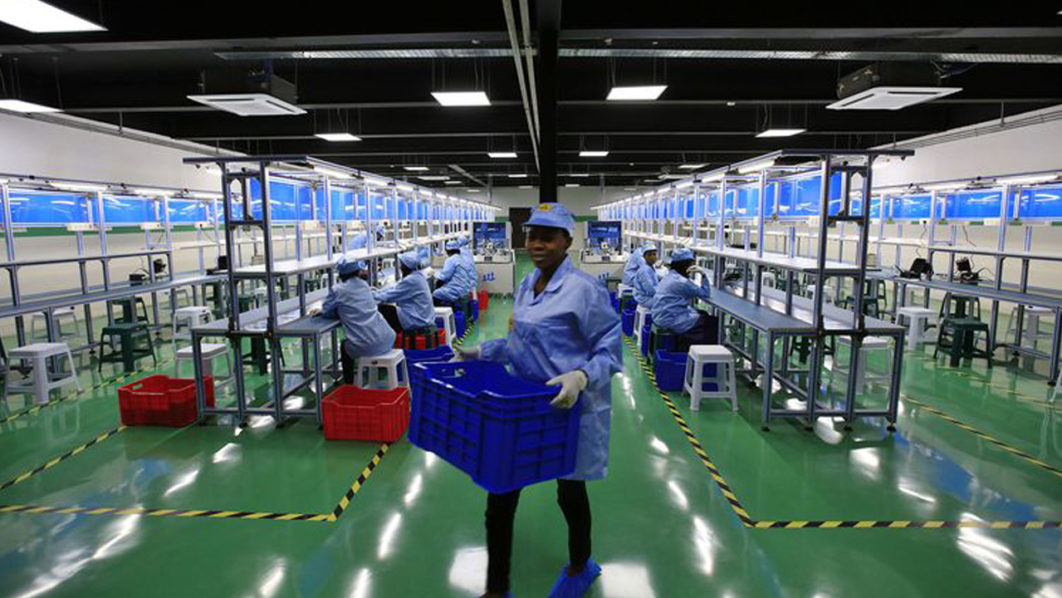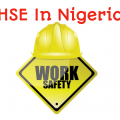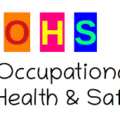
According to the Federal Government of Nigeria, around 2.78 million workers die from occupational accidents and work-related diseases annually, while an additional 374 million suffer from non-fatal occupational accidents globally each year. With around 15.4% of reported deaths, the chemical/pharmaceuticals industry has the highest rate of occupational death rate in Nigeria according to a study published in the Oxford Journal of occupational medicine.
According to the ILO estimates, over 350,000 deaths are due to fatal accidents and almost 2 million deaths are due to fatal work-related diseases. In addition, over 313 million workers are involved in non-fatal occupational accidents causing serious injuries and absences from work. The ILO also estimates that 160 million cases of non-fatal work-related diseases occur annually. These estimates imply that every day approximately 6,400 people die from occupational accidents or diseases and that 860,000 people are injured on the job.
Furthermore, as estimates show, work-related diseases represent the main cause of death at work, killing almost six times more workers than occupational accidents. This should highlight the need for a new paradigm of prevention: one that also focuses on work-related diseases, not only on occupational injuries. The devastating effects on workers and their families cannot be fully calculated; however, the ILO has estimated the great economic burden of not investing in OSH so as to prevent occupational accidents and diseases. The total costs amount to approximately four percent of the world’s GDP per year (roughly 2.8 trillion US dollars). Further to the economic constraints, the human costs are unacceptable; a global society has a moral obligation to reduce human and economic costs.
Basic Health and Safety Training programme cover the key areas of Health and Safety that are legally required. It provides an easy-to-follow but comprehensive introduction to the major topics that will keep your workplace safe. One of the biggest advantages of attending a training course is that you will know what to do in the event of an emergency. Other reasons for doing one could be that it is much better to try to prevent accidents from happening in the first place rather than having injured workers to care for later. For instance, the Health and Safety Act will require an office to have a fire extinguisher as a fire safety precaution, enabling any blaze to be put out very quickly rather than letting it spread.
Now there are many different types of training courses out there, some are general and others are more specialised and specific. All of these safety classes are aimed at improving workplace safety and benefiting your employees by making them more aware and competent in health and safety policy. All training materials should give clear instructions on the rules and use of all workplace safety equipment. The tutor should hold a review of all of students course material and have a checklist of subject to test them on. You should consult workers representatives like trade unions before running any courses, this is especially true in public sector jobs.
Training can either be done in house or outsourced to private specialist training providers, choosing the venue is important. If it is to be within your work premises then decide on things like whether to teach in a group in a classroom or individually on a one to one basis. Decide on your method, will you use a projector or a flipchart and booklets, or will you provide interactive materials that require a computer? At the end of the class always try to get feedback from the students, and ask how they found it, this is important to help you make improvements to your education training.
Training classes will aim to teach everyone about occupational safety, and help workers to learn and deliver best practice procedures. When looking to run training in health and safety courses always remember that some students will require more attention and extra training seminars than others.
Types of health and safety courses
Listed below are just some of the topics that training providers should include to increase the knowledge levels of their workers on this important issue.
NEBOSH (National Examination Board of Occupational Safety and Health)
This is an industry standard qualification for occupational health and safety and is mainly for supervisors, managers, HR professionals, and facilities managers. It is a qualification that is focused on training managers to have a clear appreciation of the principles of risk management and health and safety issues. SEE: HSE Professional Training and Certification In Nigeria
First aid
As the name suggests this is the first bit of aid that a wounded worker with a injury will receive. To be able to administer first aid properly a person should be trained in life saving skill and have a recognized certificate of competence which is usually called a first aid certificate. A typical qualification is the HSE Approved ‘First Aid at Work’. Training will include a number of scenarios like resuscitation, bleeding from wounds or food poisoning. It is vital that all workplaces should have a first aid kit which will include emergency medical equipment like, bandages, syringes, plasters as well as antiseptic creams. you could be expected to look at a patient who suddenly falls ill perhaps through eating something in the canteen. Or who has had a fall walking down some stairs, or who has been injured working on the factory floor etc. whatever it is you should assess the injury and then decide on whether to call a ambulance or paramedic or simply a doctor. SEE: 10 Qualities Of A Good First Aider





